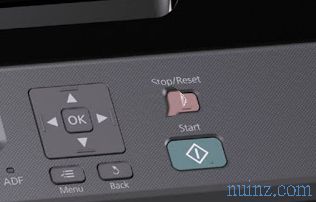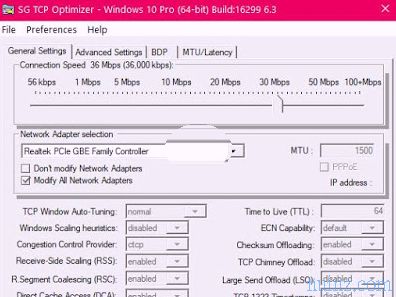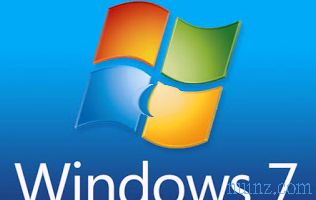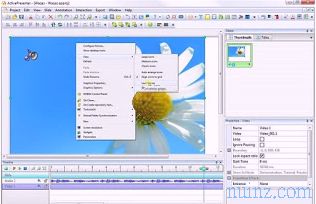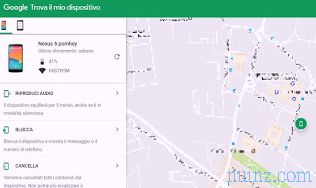 On each Windows PC, by going to the main page of File Explorer or Windows Explorer, you can see the disks and partitions connected and discover one or even several that are unusable.
On each Windows PC, by going to the main page of File Explorer or Windows Explorer, you can see the disks and partitions connected and discover one or even several that are unusable. These are partitions reserved for the system or partitions for restoring and resetting the computer in case of problems.
These special partitions should always remain hidden because, in fact, they cannot be used to save files on them and they cannot even be used to install programs.
Seeing them in the list of devices and drives in File Explorer is only confusing, therefore, if there were any partitions that were reserved or otherwise unusable, it would certainly be better to hide them.
Hiding a partition or any other drive in Windows 10 and Windows 7 and 8 is fairly simple by going one of these two ways
1) Using Disk Management
To hide a partition from Windows File Explorer, simply remove the letter with which the drive is identified.
The partition will still be visible to disk management tools, but will not be displayed in Windows Explorer and regular desktop applications.
In addition, it will always be possible to reassign a letter to the partition in the future, should it be necessary.
Then open Disk Management on Windows by looking for the Computer Management utility in the Control Panel or by right clicking on This PC in Windows Explorer or also by pressing the right mouse button on the Start button (in Windows 10).
You can also use the Start menu search box by searching for the " Create and format hard disk partitions " tool.
Locate the drive to be hidden, the unavailable one, reserved for the system or restore, and right-click on it, then choose the " Change drive letter and path " option.
If you don't see this option, then you will have to use the second method.
From the letter selection window, press Remove to remove the letter from the partition and hide it.
Each partition generally has only one drive letter, but if multiple drive letters were to be assigned, you will probably want to remove them from here.
If the drive is currently in use, you are warned that you need to restart your PC to complete the process.
Be careful not to do this on an indexed disk or drive or where programs are installed, otherwise they will no longer work.
For the recovery partition, this operation will have no consequence and in case of problems the tool can be loaded to restore the system when the computer starts.
The drive or partition will no longer be visible in Windows after completing this process, but will still be visible in Disk Management .
If there are problems or if you want to make the partition visible again, then you can go back to Disk Management, select the drive and right click on it, click the option to change the letter and add the same letter it had before or a other free.
2) Use the Diskpart command
To hide some partitions, the disk management tool may not always work.
In these cases you can use diskpart command to run in a command prompt to manage the drives and make them invisible on the computer.
First of all, identify the drive letter or partition you want to hide by going to File Explorer under the This PC section.
For example, if you want to hide the "F:" drive, do it like this:
From the Start menu, type cmd in the search box, right click on the command prompt and run it as administrator.
At the prompt, launch the tool by typing the following command and pressing Enter:
diskpart
Below, type in:
list volume
From the list of volumes, read the Volume number corresponding to the letter of the disk or partition that we want to hide and if the G: drive corresponds to volume 1 run the command:
select volume 1
To hide the unit the final command is:
remove letter = G
Partition G will be hidden instantly.
Of course, you can't use this procedure to hide the Windows system drive, which is normally found in C :.



